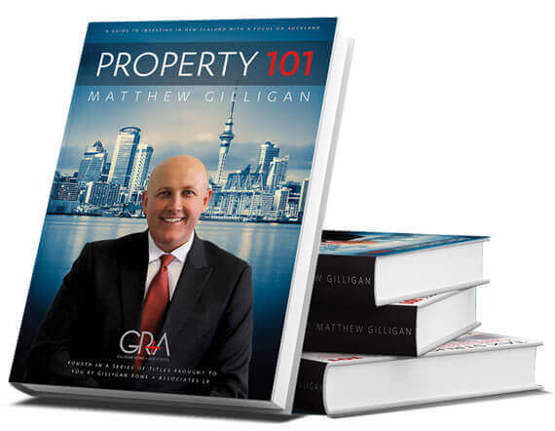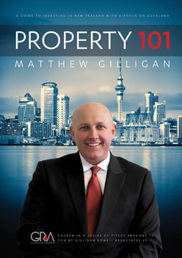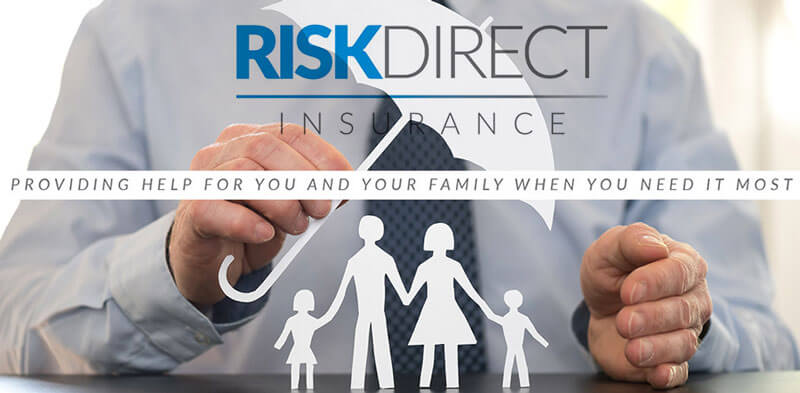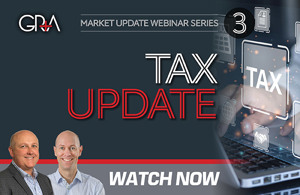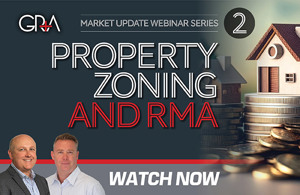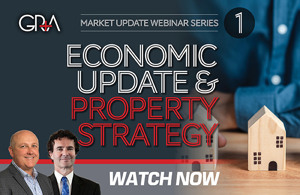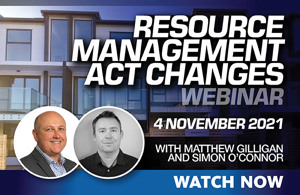
Readers will by now be well acquainted with the minimum standards under the Healthy Homes Regulations. Rather than discuss what landlords need to do to adhere to these standards, in this blog I want to address the debate as to the tax treatment of costs incurred in doing so.
In recent weeks the IRD have issued a draft statement for comment and discussion setting out their view. I am sure no reader will be surprised if I say that the IRD have proposed a relatively conservative viewpoint with a fairly narrow view of what costs will be deductible.
Deductible costs
By way of summary, the IRD see the following types of costs as deductible:
- Repairing existing items that would otherwise meet the standards if operational or in reasonable condition.
- Minor additions or alterations to the building. As examples of such minor additions/alterations the IRD talks about installation of battery-powered smoke alarms, sealing unnecessary gaps or holes to meet draught stopping standards, minor workto meet ventilation and moisture ingress and drainage standards.
- Future replacement of items that were treated as capital improvements to the building when installed
- Costs of recordkeeping, such as paying management fees for healthy homes compliance services
Non-deductible costs
On the other hand, there is a long list of costs that will not be deductible as repairs and maintenance including:
- Wired-in smoke alarms, or more than minor additions of battery powered alarms
- Installation of new insulation
- Ducted or multi-unit heat pumps
- Flued fires (wood or gas)
- New or replacement openable windows
- New exterior doors
- Most extractor fans or rangehoods
- Ground moisture barriers
- Stormwater drainage, gutters and downpipes
- Underfloor vents
Some of these non-deductible items could be depreciated, although that is a fairly limited class which includes electric panel heaters, some heat pumps, through-window extractor fans, window stays, door openers and stops, external door draught excluders and devices for blocking fireplaces or chimneys. There is also potential for a deduction in regard to low-value depreciable items. The cost threshold was $500 at the time of writing, but in a late breaking Covid-19 related law change it has increased to $5,000 for assets purchased on or after 17 March 2020, and $1,000 for assets purchased on or after March 17 2021.
Summary
The IRD’s attitude is pretty much that any expenditure is likely to be capital unless it is repairing an existing asset or of a very minor nature. They have noted that in the context of insulation, one example of an expense that is still revenue in nature even though it represents a replacement with a superior product is where you are conducting a patch replacement of foil insulation (now banned under the Building Act) with a compliant product.
In my view, the IRD’s approach is disappointing given the mandatory nature of the work undertaken. It would seem to make more sense to incentivise landlords to meet these standards through the allowance of a deduction for expenses – rather than effectively penalising them.
There are also arguably technical grounds for claiming deductions for some of the work they argue is capital. The first step in any analysis as to whether an expense is deductible repairs and maintenance or non-deductible capital improvements, is to identify the asset in question. If the asset is the rental dwelling as a whole, there is arguably not a significant change in the character of the asset merely by adding a ducted heat pump or ventilation system, or adding insulation to parts of the property where there were none previously.
Finally, bear in mind that it is a draft statement and we await finalisation post public feedback. However, at this stage I am not holding my breath that there will be any relaxation of this attitude from the Inland Revenue.
As always, if you need help with the tax treatment of Healthy Homes costs or anything discussed in this article, contact us at GRA on +64 9 522 7955, [email protected] or via our website.

Matthew Gilligan
Managing Director and Property Services Partner
Did you like this article? Subscribe to our newsletter to receive tips, updates and useful information to help you protect your assets and grow your net worth. We're expert accountants providing expert advice to clients in NZ and around the world.
Disclaimer: This article is intended to provide only a summary of the issues associated with the topics covered. It does not purport to be comprehensive nor to provide specific advice. No person should act in reliance on any statement contained within this article without first obtaining specific professional advice. If you require any further information or advice on any matter covered within this article, please contact the author.
Comments
Testimonials
Always available to give great advice and helped us out in a difficult situation.
- Karen, November 2023
Property 101by Matthew Gilligan
Investing in residential property?
Put this at the top of your reading list.
If you're investing in residential property, seeking to maximise your ability to succeed and minimise risk, then this is a 'must read'.
Matthew Gilligan provides a fresh look at residential property investment from an experienced investor’s viewpoint. Written in easy to understand language and including many case studies, Matthew explains the ins and outs of successful property investment.
- How to find the right property
- How to negotiate successfully
- Renovation do's & don'ts
- Property management
- Case studies and examples
- and much, much more...


